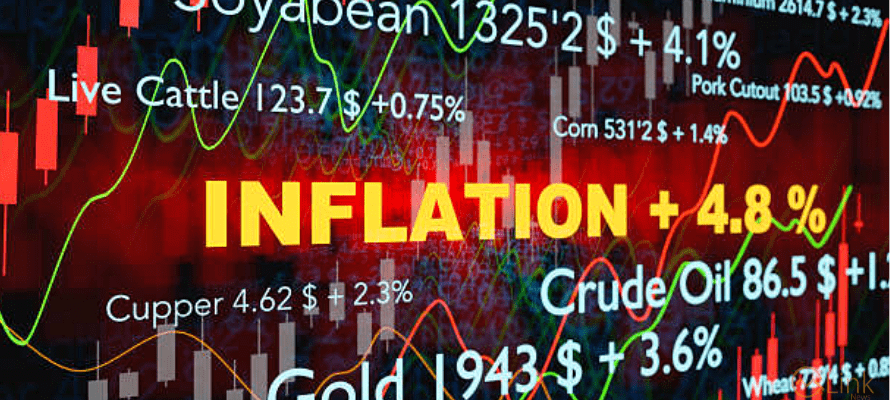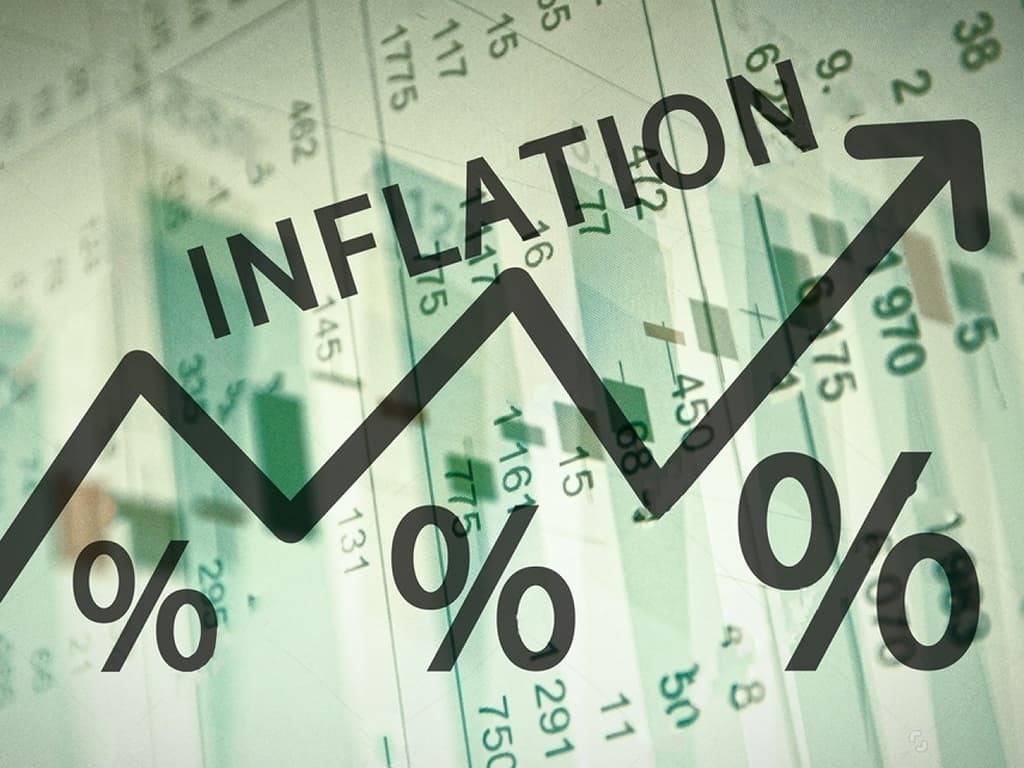Rising petroleum, electricity, and gas rates could lead to an escalation in food inflation.
ISLAMABAD: The Consumer Price Index (CPI) recorded a significant surge of 28.3% in the first month of the current fiscal year, primarily driven by the increase in food and energy prices.
In July, the Consumer Price Index (CPI) inflation recorded a slight slowdown, reaching 29.1%, compared to 29.4% in June. Data released by the Pakistan Bureau of Statistics on Tuesday revealed that the CPI inflation increased by 3.5% on a month-on-month basis.

In July, the surge in inflation primarily resulted from a 39.88% rise in electricity charges, a 62.82% increase in gas prices, and a substantial 102.43% surge in wheat flour prices, all on a year-on-year basis.
The International Monetary Fund (IMF) has projected the average CPI for FY24 to be 25.9%, representing a significant easing compared to the previous year’s 29.6%. On the other hand, the government has set an annual inflation target of 21% for the current fiscal year.
According to the latest IMF report, inflation will decline below 20% only in the fourth quarter of FY24.
Pakistan’s Inflation Trends and Economic Challenges in FY23
In FY23, annual inflation stood at 29.18%, surpassing its budgetary target of 11.5% due to unprecedented rupee depreciation, higher domestic taxes, and increased global commodity prices. In FY22, the recorded inflation stood at 12.15%.
Since mid-2022, inflation has been on the rise following the implementation of stringent measures by the PML-N-led government, as demanded by the International Monetary Fund to unlock stalled funding.
From June last year to January, inflation remained above 20%. It then surged to 31.6% in February, surpassed 35% in March, further escalated to 36.4% in April, and reached 37.97% in May.In June, the recorded inflation was 29.4%, while in July 2022, it stood at 24.93%.
However, in July, monthly inflation, measured by the Consumer Price Index (CPI) comprising a variety of products and services, eased due to a high-base effect.
The finance ministry suggests that the international commodity price outlook is favorable, which may help mitigate the adverse impact of currency depreciation.
In July, food inflation reached 40.2% for urban areas and 41.3% for rural areas, while non-food inflation was 17.3% in urban areas and 22% in rural areas.
Non-perishable food items experienced a surge of 42.14% in July, while perishable food items witnessed an increase of 23.51%.
Core inflation, excluding food and energy, stood at 18.4% in urban areas and 24.6% in rural areas. The government has raised the interest rate to the highest level of 22% in the country’s history.
The main contributors
Urban areas witnessed significant price increases in various food items compared to the previous year. The items with the highest price hikes were wheat flour (102.43%), tea (97.26%), rice (68.87%), wheat (66.58%), potatoes (60.66%), chicken (58.13%), sugar (56.45%), wheat products (55.96%), beans (47.5%), gur (44.57%), pulse moong (43.82%), pulse mash (41.06%), milk fresh (30%), fresh vegetables (25.07%), fresh fruits (24.02%), gram whole (21.75%), besan (19.55%), meat (18.25%), and cooking oil (10.62%).
In non-food products, the highest price increases were observed in electricity charges (39.88%), transport services (4.01%), hospitals services (3.60%), washing soap/detergents/matchbox (3.06%), construction input items (2.83%), postal services (2.35%), cleaning and laundering (2.08%), dental services (1.79%), house rent (1.37%), recreation and culture (1.36%), household equipment (1.30%), plastic products (1.16%), and medical tests (1.08%).
The rise in fuel prices has led to increased production and transportation costs, contributing to the overall increase in food prices. Expensive fertilizers have also impacted farmers, making it difficult for them to afford essential inputs. Additionally, the poultry industry is facing a crisis due to high import costs and restrictions on soybean imports.
Although international prices for agriculture-related commodities have started decreasing, currency depreciation and high fuel prices have prevented these reductions from being reflected in domestic markets.










